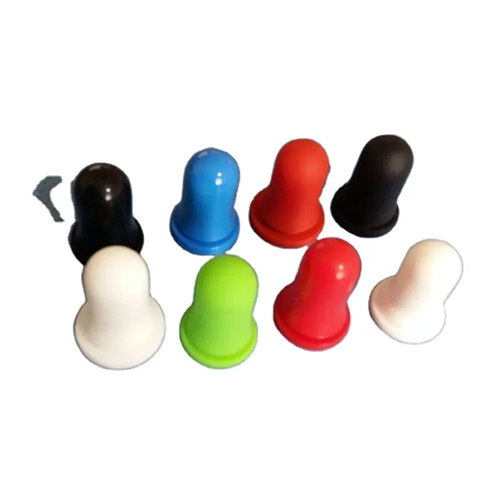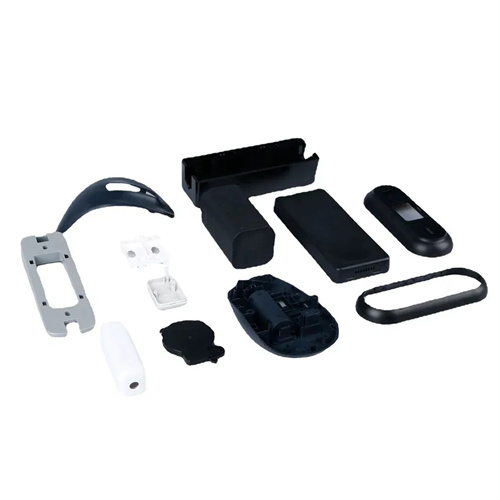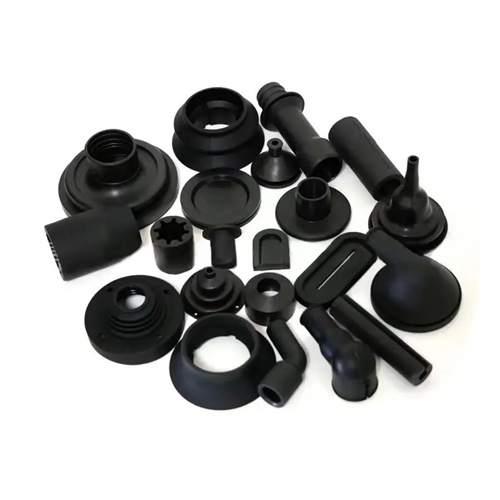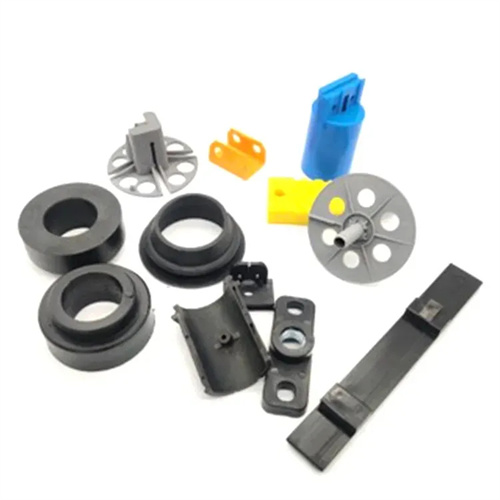Hydraulic – Double toggle clamping device
The hydraulic-toggle clamping mechanism is a core component of modern injection molding machines. Combining the flexibility of hydraulic transmission with the force-amplifying properties of a double-toggle mechanism, it provides stable clamping force and ensures precise molding of plastic parts. It is widely used in various injection molding applications, from microelectronic components to large automotive parts. Compared with purely hydraulic clamping mechanisms, the hydraulic -toggle clamping mechanism offers a higher clamping force amplification factor (typically 10-20 times) and reduces energy consumption by 30%-40%. Compared with purely mechanical clamping mechanisms, its opening and closing speeds are adjustable to meet the molding requirements of different parts. For example, when producing large washing machine drums, this mechanism can provide a clamping force exceeding 2000kN with a clamping accuracy of ±0.1mm, effectively preventing flash and dimensional deviation.

The structure and operating principle of the hydraulic double-toggle clamping mechanism embody the synergistic advantages of mechanics and hydraulics. The device primarily consists of a fixed platen, a movable platen, a tie rod, a double-toggle mechanism, a clamping cylinder, and a mold adjustment mechanism. The double-toggle mechanism, consisting of a crosshead, a toggle lever, and connecting rods, is symmetrically located on either side of the movable platen. The clamping cylinder, mounted at the rear of the clamping mechanism, drives the double-toggle mechanism by pushing the crosshead. The mold adjustment mechanism adjusts mold thickness to accommodate molds of varying sizes. The operating process is divided into three phases: the rapid mold opening and closing phase, in which hydraulic oil drives the clamping cylinder, driving the double-toggle mechanism for rapid movement, enabling rapid mold opening and closing, improving production efficiency. The high-pressure clamping phase, in which the double-toggle mechanism gradually straightens, leverages the cylinder’s thrust to generate a significant clamping force, tightly closing the mold. The holding phase, in which the hydraulic system maintains a constant pressure to ensure stable clamping force until the part cools and forms. For example, during the rapid mold opening and closing stage, the speed can reach 0.5-1m/s, while during the mold clamping stage, the clamping force increases rapidly from 0 to the set value, and the entire process is smooth and impact-free.

The design parameters of the double-toggle mechanism directly impact the performance of the mold clamping device and require precise calculation. The toggle length ratio is a key parameter. Typically, the ratio of the active to passive toggle is 1:1.2-1:1.5. This ratio optimizes the clamping force amplification. The toggle angle should be close to 180° (typically 170°-175°) in the clamped state. This position ensures the mechanism is in dead center, resulting in the most stable clamping force. Even slight fluctuations in cylinder pressure will not significantly affect the clamping force. The toggle should be made of high-strength alloy structural steel, such as 40CrNiMoA, which has been quenched and tempered to a hardness of HB280-320 to ensure resistance to deformation or fracture under heavy loads. For example, a 50mm diameter toggle can withstand tensile forces exceeding 100kN, meeting the requirements of large injection molding machines. Furthermore, needle bearings should be used at the hinges connecting the toggle to the crosshead and moving platen to reduce friction and wear, thereby increasing the life of the mechanism.

The coordinated design of the hydraulic system is crucial to the stability of the mold clamping mechanism. The diameter and operating pressure of the clamping cylinder must be calculated based on the required clamping force using the following formula: Clamping Force = Cylinder Area × Operating Pressure × Magnification Factor. For example, if the required clamping force is 1000kN, the magnification factor is 15, and the operating pressure is 16MPa, the cylinder diameter is approximately 120mm. The hydraulic system must utilize a proportional pressure-flow valve to achieve stepless adjustment of the mold opening and closing speed and pressure to meet the demands of different stages of movement. Low-pressure, high-flow oil supply is used during the rapid phase to increase speed, while high-pressure, low-flow oil supply is used during the clamping phase to ensure stable pressure. Furthermore, the system must be equipped with a safety relief valve to prevent overload damage to the mechanism, and a pressure-holding valve to ensure stable pressure during the holding phase, with pressure fluctuations not exceeding ±2%. For example, during the holding phase, the system should be able to maintain pressure within ±0.5MPa of the set value, ensuring constant clamping force.

The installation, commissioning, and maintenance of the mold clamping unit are crucial to ensuring its long-term stable operation. During installation, ensure that the four tie rods are evenly loaded, with a parallelism error of no more than 0.1mm/m. Failure to do so can lead to mold plate deformation and uneven clamping force distribution. During commissioning, the mold thickness must be adjusted using the mold adjustment mechanism to ensure the double toggle mechanism is in the optimal dead center position during mold closing. Speed and pressure curves at different stages must be tested to ensure compliance with design requirements. During routine maintenance, the lubrication of the toggle hinges must be regularly checked, with specialized grease added every 1,000 molds produced. The tensile deformation of the tie rods must be checked, and any deformation exceeding 0.1% must be promptly replaced. The hydraulic system filters must be cleaned regularly to prevent impurities from entering the cylinder and valve block. For example, regular maintenance can extend the life of the mold clamping unit to over 10 years and reduce downtime to less than 1%. For large injection molding machines, regular clamping force calibration is also required to ensure that the actual clamping force deviates from the set value by no more than 5%.
